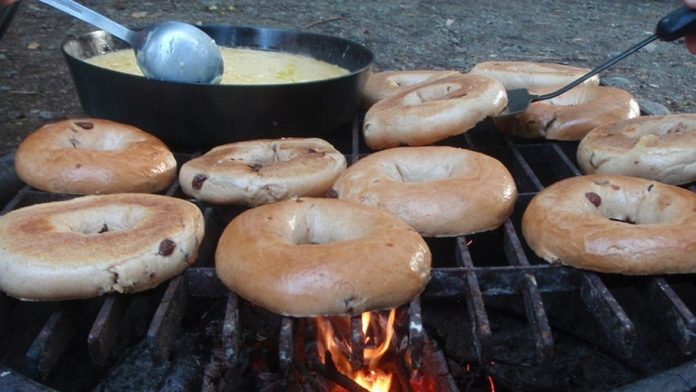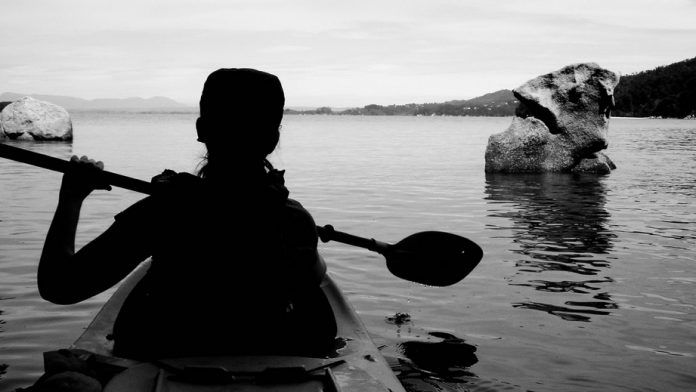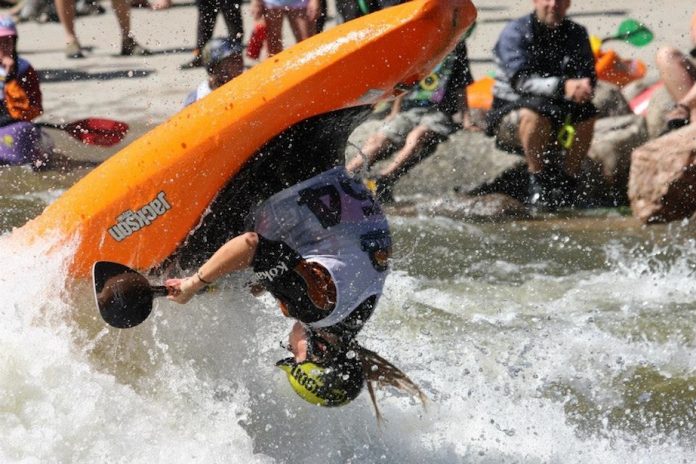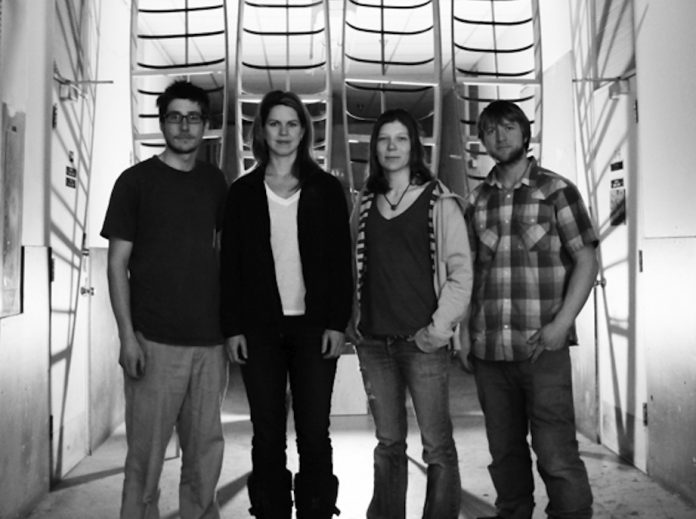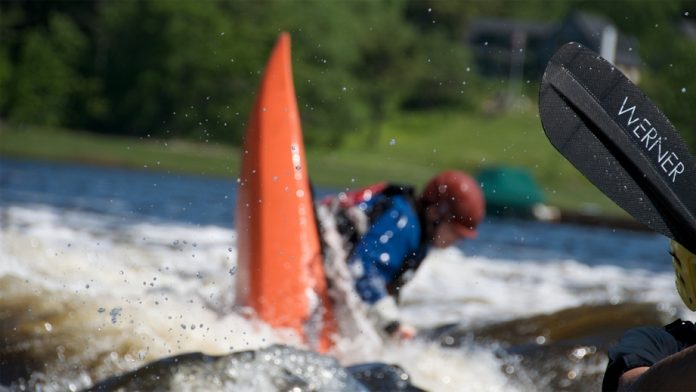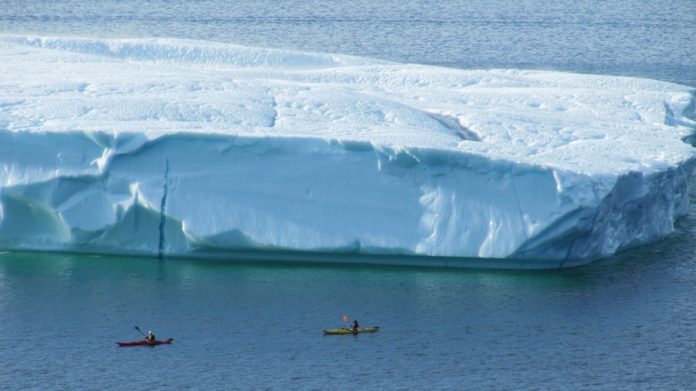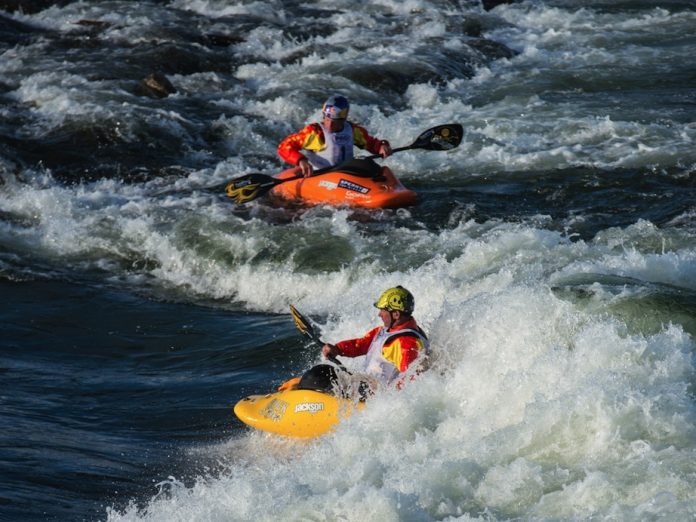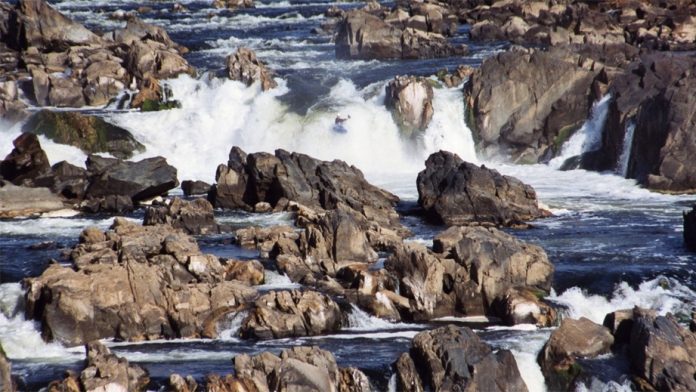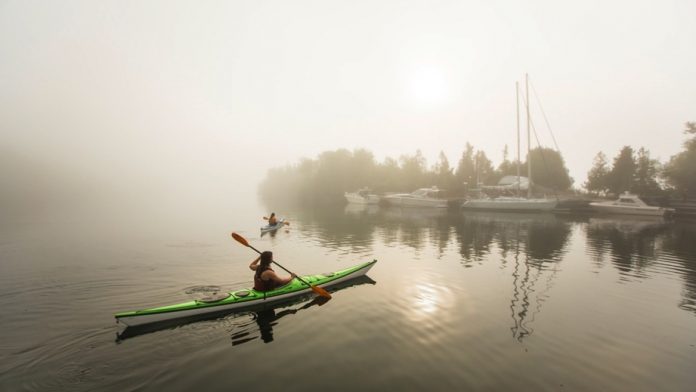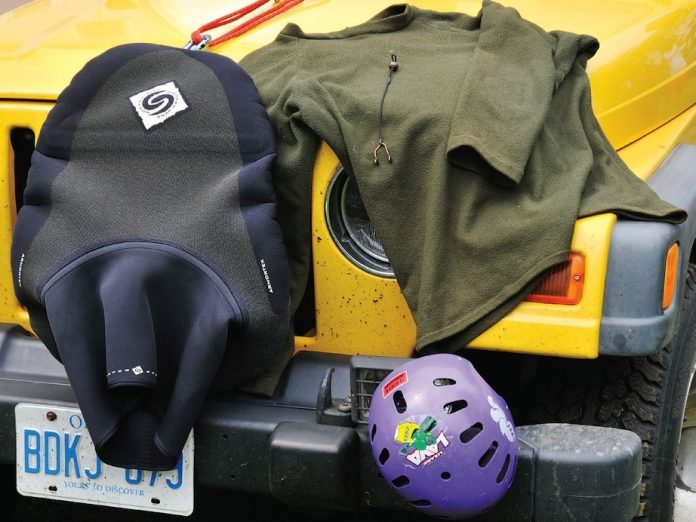When Sage Donelly was two years old, her parents geared her up, plunked her down in the front cockpit of a Topoduo, and set off down a series of class II and III rapids on their local river. Ten years later, the family is still running rivers, although Sage now has her own boat, a roll and an arsenal of freestyle moves.
The 12 year-old kayaker hasn’t had it easy – she lives with Type 1 Diabetes, Celiac Disease and Thyroid disease, sometimes making her boating harder to do, but she says it also contributes to her success.
“Having Diabetes definitely influences my paddling, but I think it makes me a better paddler, because it makes me more in tune with my body,” she says, “my blood sugars can get low before I compete, so I get weak, shaky, or nauseous and then I need a few minutes for the sugars to get into my body.”
Hot off of a win against Emily Jackson – who is 11 years her senior- at the GoPro Mountain Games in Vail, Colorado this past July, you would never know that Diabetes affects her boating. When asked about how she reacted to the win, she says, “Luckily, Emily was very pregnant, but it was still very humbling.”
Whether it really was just luck that secured her top spot finish at the GoPro Games is unclear, as she has been cleaning house in all of her events in her age division, as well as some women’s pro divisions across the USA. Most recently, she won the Junior National Freestyle title at US Nationals in Pigeon Point, Tennessee, with an overall score of 520 points. At the Payette River Games in Cascade, Idaho this past July, she placed first in Junior Women’s freestyle, second in Women’s SupCross, and fifth in the Women’s Downriver Sprint and Boarder Cross Double Crown – pretty impressive when you realize that most of her competition is at least twice her age.
Since she spends most of her time paddling to compete, she is homeschooled throughout the winter so that she can focus on her boating – bouncing from state to state throwing huge front loops in her Rock Star on her favorite rivers, some of which include the Colorado and the North Fork of the Payette Lower 5.
The next year will be dedicated mostly to just improving upon skills she already has, and her hope is to come out of the 2014 GoPro Games victorious. Down the line, she’s hoping to transition from the regional team to Jackson Kayak’s Factory team and compete in international freestyle and slalom events, including the 2016 Olympics in Rio. Although she can’t compete internationally for three more years, she’s still excited to be out on the water everyday.
She has some sage advice for younger, female paddlers who may be inspired to take up kayaking, “Even if you’re really scared, work through your fears,” she says, “It will be worth it in the end and you’ll never regret it. Try to find other girls to paddle with, but mostly just get out on the water and have fun!”
To keep up with Sage, visit her Facebook page, or her website.



